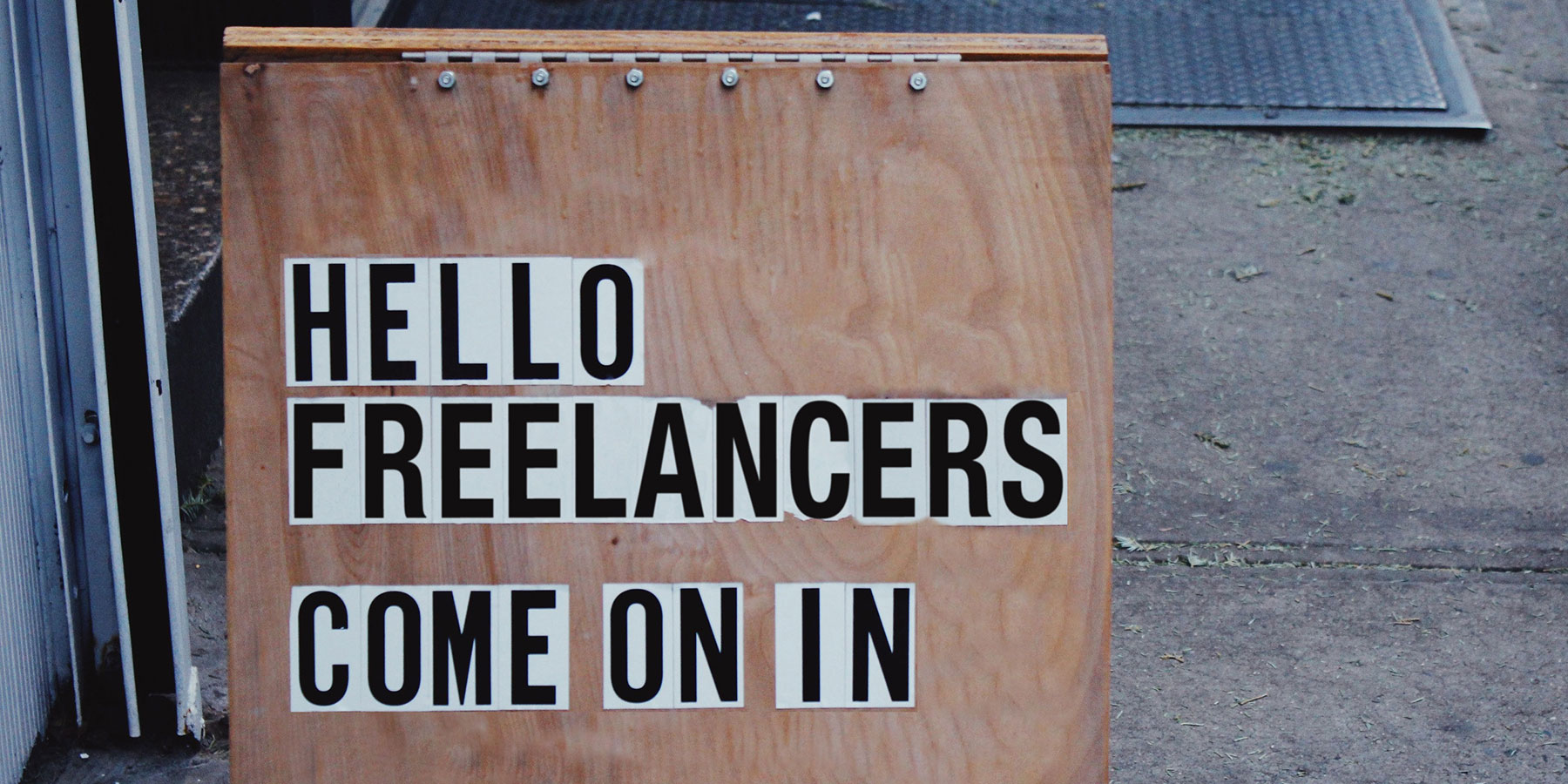Encouraging any group of employees to march in step is difficult. Explain the company and business objectives Full-time employees have a tendency to take brand messaging for granted. That means once you’ve agreed to work with them, onboarding content should be clear, updated, and specific. Tell your freelancers exactly how often they’re expected to use your team as a resource. Set rules for communication Before you hire any freelance creators, decide on a system that includes how you’re going to communicate with them. Of course, there’s also the question of instant messaging and communicating with your full-time creators. Either way, I’ve seen enough evidence to know that it’s helpful when freelancers join company culture. Sending a style guide to freelancers will give them answers to all the little creative questions that you already know in the back of your head. Tell them exactly how you prefer to be pitched, including the communication channel they should use and the structure their pitches should take. The goal here is to internalize feedback and adjust your system to better serve freelancers who join in the future.
Encouraging any group of employees to march in step is difficult. The process gets even harder if some team members are only present part of the time.
In 2019, many companies in marketing, media, or communications now rely on freelance contributors. The gig economy may appear to be the way of the future, but brands don’t always know how to effectively integrate these new teammates.
Whether you’re looking to find new talent or already have external contributors helping out, you’ll benefit from a freelancer onboarding system. Think of it this way, providing freelancers the right resources will help them create better work and ultimately make your job easier. To help you along the way, I’ve compiled a six-step checklist that covers what to include.
1. Explain the company and business objectives
Full-time employees have a tendency to take brand messaging for granted. They’re around it so often that they eventually forget how it comes off to the outside world. When you work with freelancers, you can’t assume they’ll instantly know the nuances of your business. The first step you should take is educating them on these core details.
Marketers typically think about lobbing their pitch at prospective clients, but the same exercise could help you here. To create and maintain a productive relationship, you need to be clear about what the company sells, who it wants to reach, and how it wants to accomplish its business goals.
You can repurpose existing HR content—brand videos, welcome packets, training quizzes, FAQs—to get freelancers thinking the way you do. But keep in mind, you should pay freelancers for this time. That means once you’ve agreed to work with them, onboarding content should be clear, updated, and specific.
2. Introduce the team and technology
Be thoughtful about how you introduce freelancers to full-timers. Just because they won’t physically be in the office doesn’t mean you should rattle off names of people on a group email.
If you anticipate freelancers working repeatedly with full-timers, set up brief one-on-one calls between those individuals. Tell your freelancers exactly how often they’re expected to use your team as a resource.
As for tech, err on the side of caution and get your freelancers comfortable with every platform your team uses. At Contently, we use our own platform, Asana, Buffer, Tweetdeck, WordPress, and more to create and manage content. If you expect freelancers to turn in work on a particular platform, teaching them will benefit everyone. If they’ve never used a piece of software before or they need a refresh, hop on a screenshare…

COMMENTS